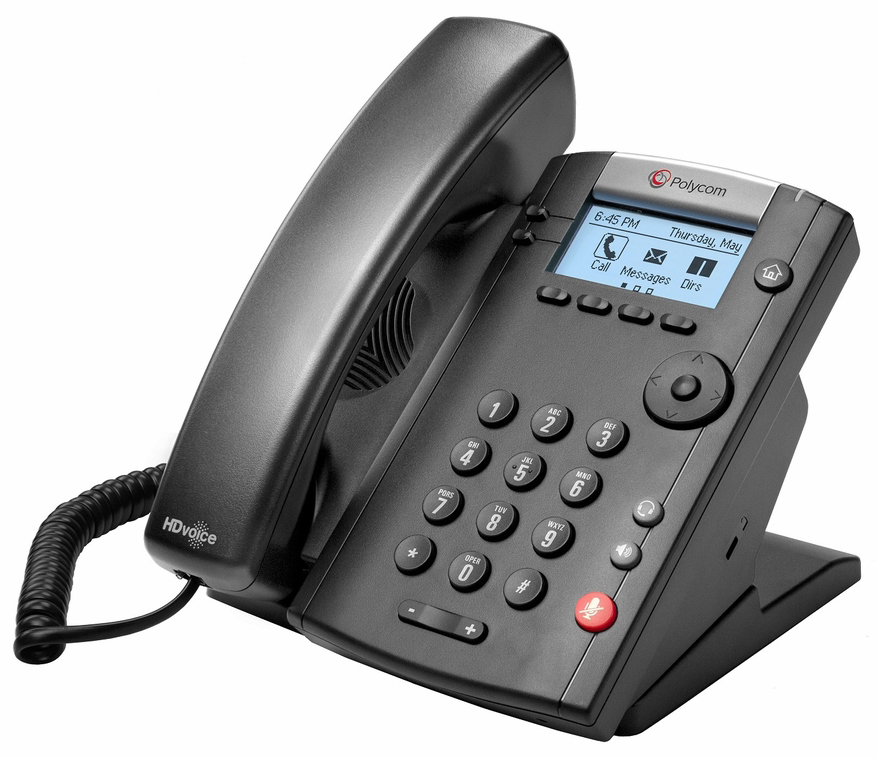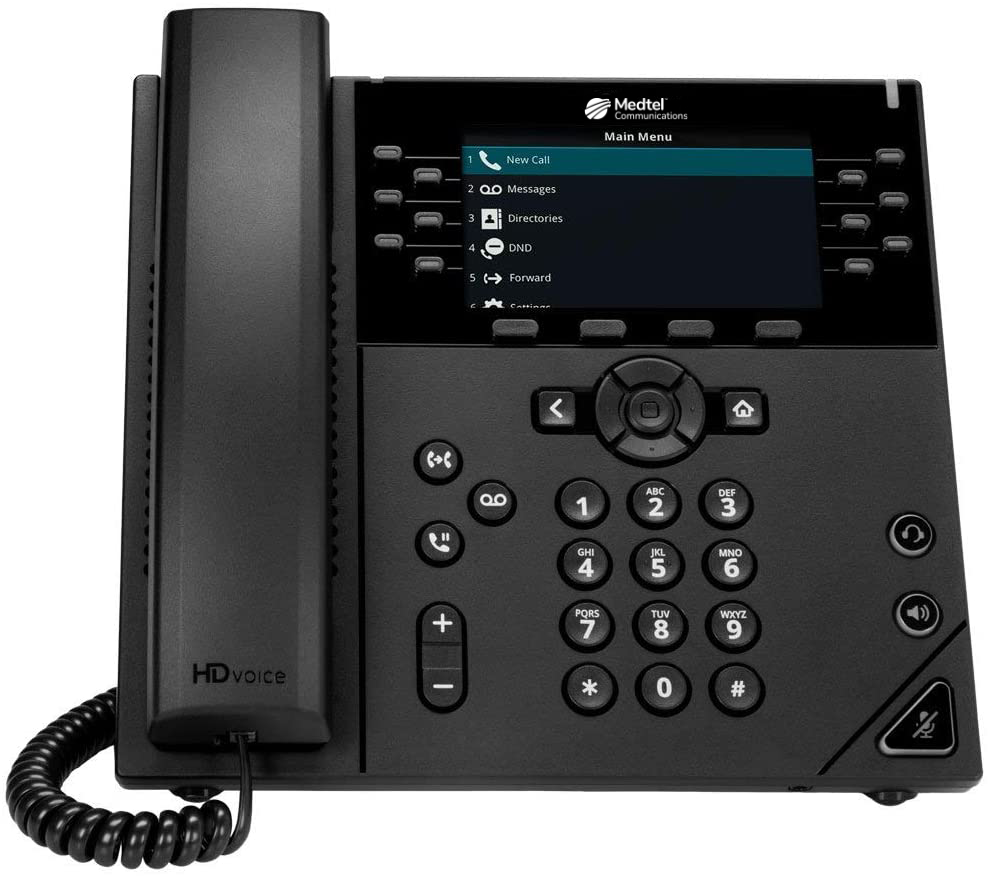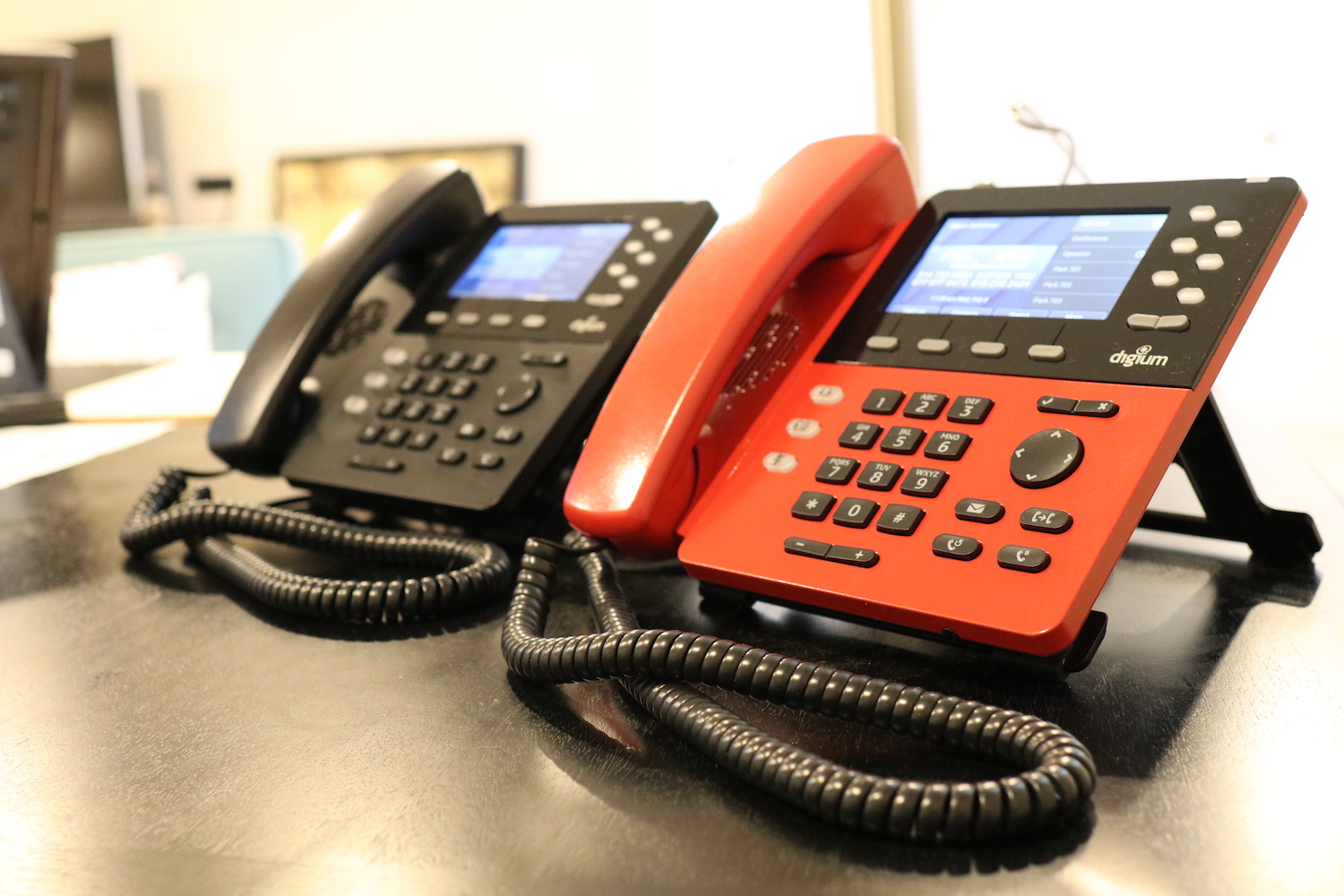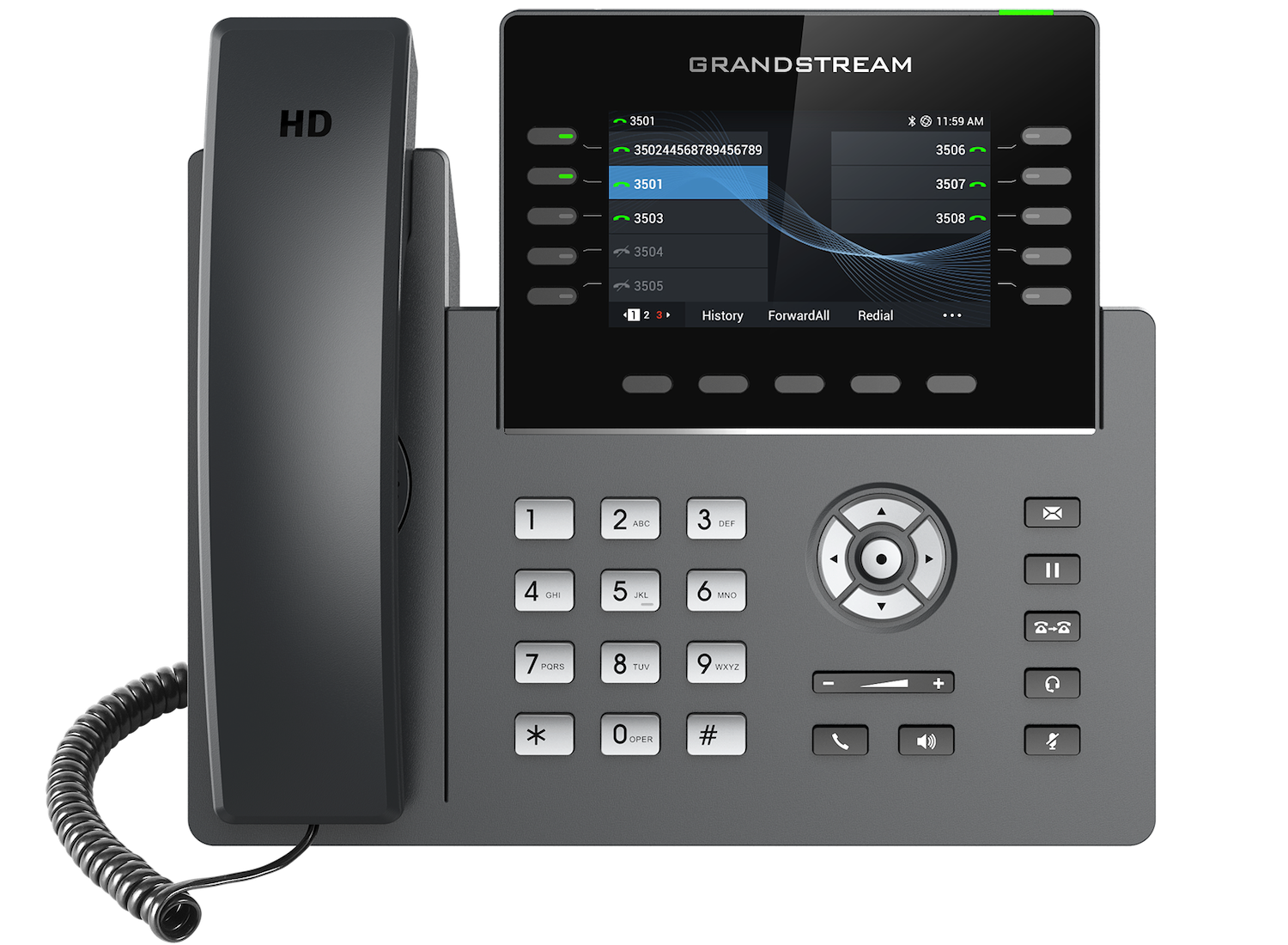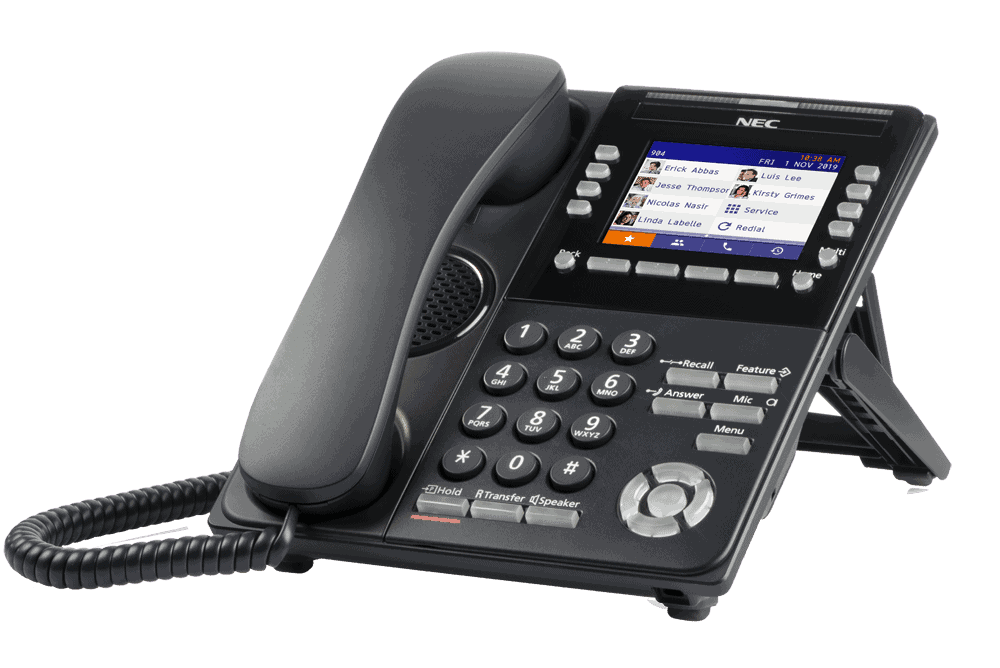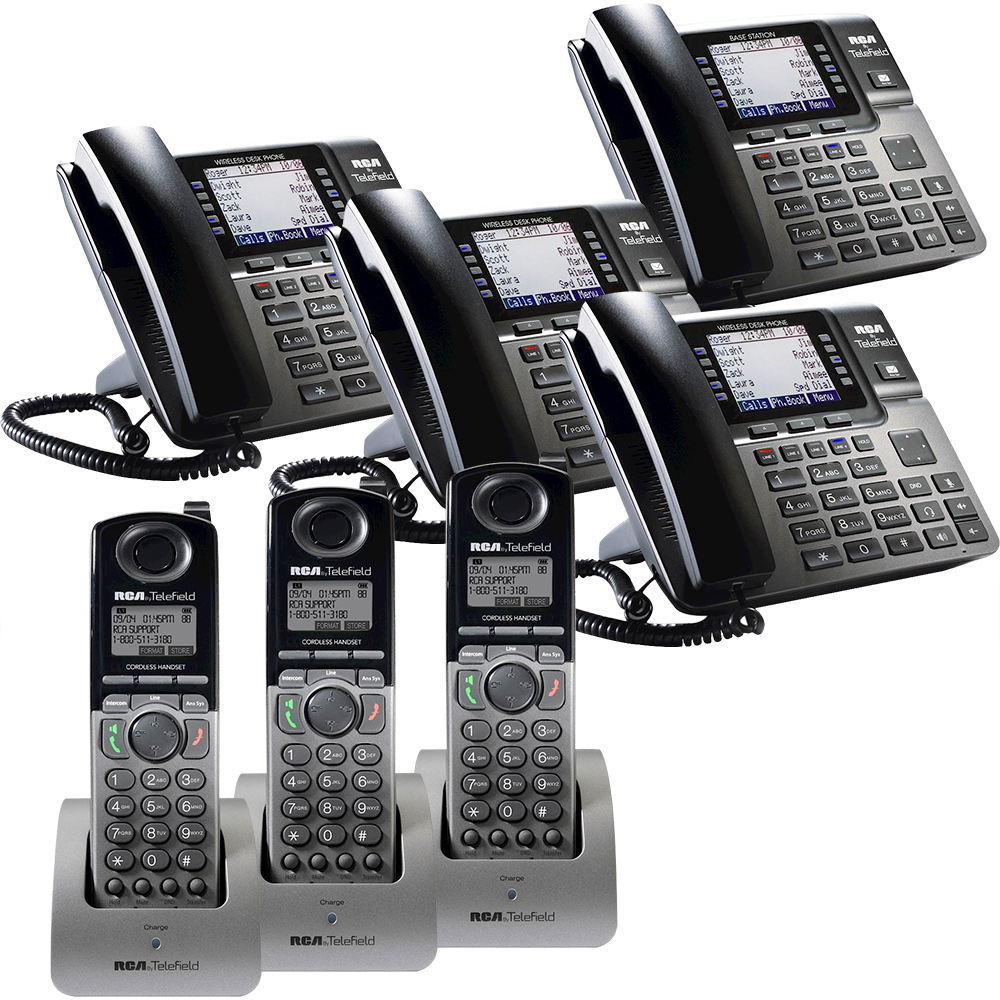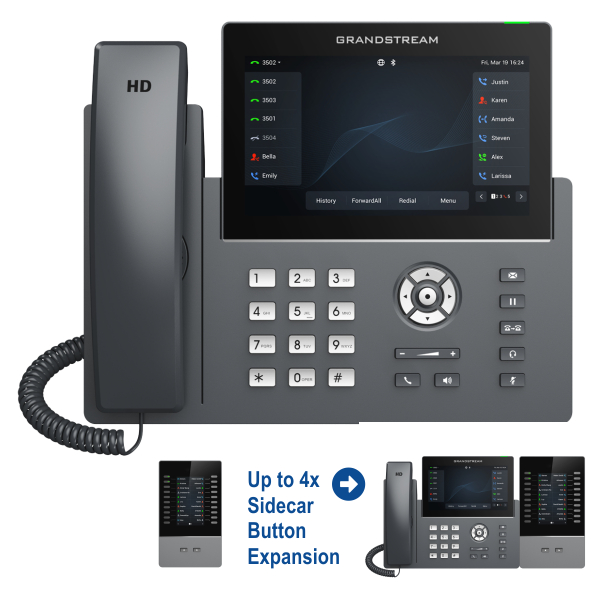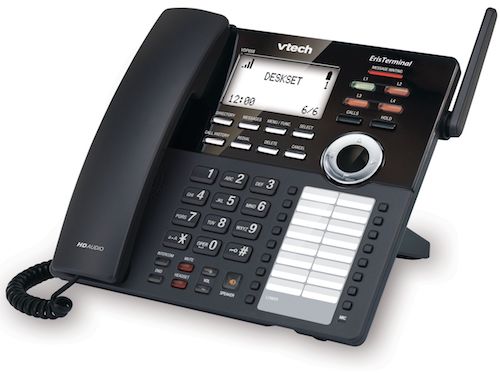Desktop Phones For Business
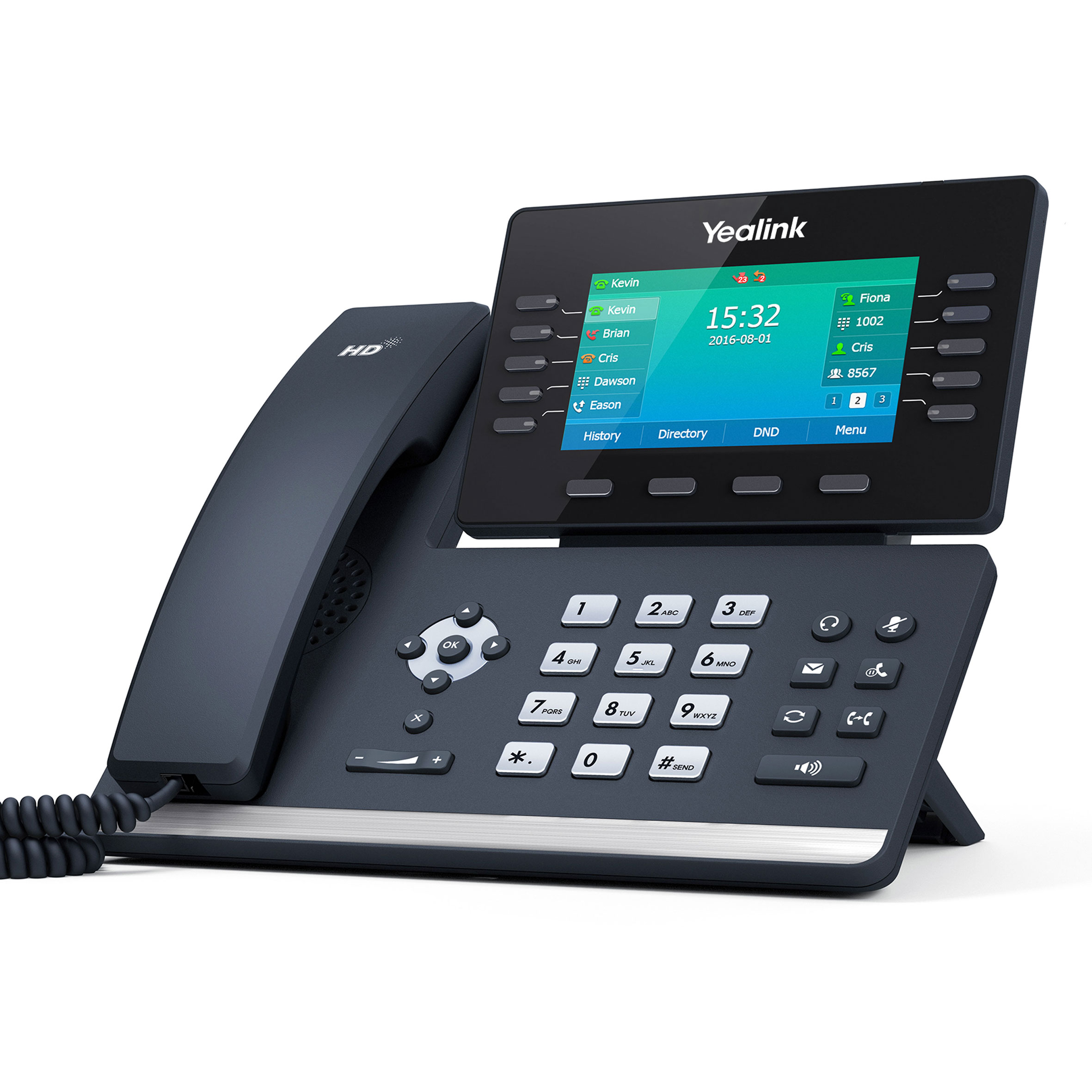
In today's fast-paced business world, clear and reliable communication is paramount. While smartphones and softphones have their place, the humble desktop phone remains a vital tool for many businesses. This review examines the modern desktop phone landscape, focusing on value and helping you choose the best option for your specific needs.
This guide is for value-conscious business owners, IT managers, and office administrators who need reliable communication solutions without breaking the bank. We’ll delve into the essential features, compare leading models, and provide practical advice to maximize your investment.
Why Desktop Phones Still Matter
Desktop phones offer several advantages that smartphones and software-based solutions can't match. They provide a dedicated and consistent communication hub, reducing distractions and improving call quality.
Moreover, they integrate seamlessly with traditional PBX systems and modern VoIP services, ensuring compatibility and reliability. A physical handset offers ergonomic comfort for extended calls, something often lacking in smartphone-based communication.
Shortlist of Recommended Desktop Phones
Here's a curated list catering to various needs and budgets:
- Yealink SIP-T31G: Entry-level, reliable, and budget-friendly. Great for basic office use.
- Poly VVX 250: Mid-range, color display, and enhanced audio quality. Ideal for moderate call volume.
- Cisco 8841: High-end, advanced features, and superior integration. Suited for power users and executive roles.
Detailed Reviews
Yealink SIP-T31G: The Budget Champion
The Yealink SIP-T31G is a solid choice for businesses seeking a cost-effective VoIP phone. It offers essential features like two SIP accounts, a graphical LCD display, and HD voice.
Its simple interface makes it easy to use, minimizing the learning curve for employees. While it lacks advanced features like a color display or Bluetooth connectivity, its reliability and affordability make it a great value.
Poly VVX 250: The Balanced Performer
The Poly VVX 250 strikes a balance between functionality and price. Its color display enhances usability, and the HD voice technology ensures clear communication.
This phone supports four lines, making it suitable for users who handle multiple calls. The VVX 250 also offers advanced features like integrated headset port and PoE (Power over Ethernet) support, making it a versatile option.
Cisco 8841: The Premium Experience
For users demanding top-tier performance and features, the Cisco 8841 is an excellent choice. Its high-resolution color display, wideband audio, and Gigabit Ethernet connectivity provide a premium experience.
The 8841 supports five lines, Bluetooth connectivity, and USB ports for charging mobile devices. Integration with Cisco's communication platforms is seamless, making it ideal for organizations heavily invested in Cisco infrastructure.
Side-by-Side Specs Table
| Feature | Yealink SIP-T31G | Poly VVX 250 | Cisco 8841 |
|---|---|---|---|
| Price (approx.) | $50 | $100 | $250 |
| Lines Supported | 2 | 4 | 5 |
| Display | Graphical LCD | Color LCD | High-Resolution Color |
| HD Voice | Yes | Yes | Yes |
| PoE Support | Yes | Yes | Yes |
| Bluetooth | No | No | Yes |
| Gigabit Ethernet | Yes | Yes | Yes |
| Performance Score (out of 5) | 3.5 | 4.0 | 4.7 |
Practical Considerations
Before making a purchase, consider the following factors. Think about your business size and the number of employees who need phones.
Assess your call volume and required features. Do you need advanced features like Bluetooth or a color display? Finally, evaluate compatibility with your existing phone system and VoIP provider.
Prioritizing Features Based on Your Needs
For small businesses with basic communication needs, the Yealink SIP-T31G provides a cost-effective solution. Mid-sized businesses with moderate call volumes might benefit from the Poly VVX 250's enhanced features. Larger enterprises with advanced communication needs could consider the Cisco 8841.
Power over Ethernet (PoE)
PoE allows phones to receive power through the Ethernet cable, simplifying installation and reducing cable clutter. Consider PoE-enabled phones if your network infrastructure supports it.
VoIP Service Compatibility
Ensure that your chosen desktop phone is compatible with your VoIP service provider. Check the provider's website or contact their support team for a list of compatible devices.
Headset Compatibility
If your employees use headsets frequently, choose a phone with a dedicated headset port. Some phones also support Bluetooth headsets for wireless convenience.
Summarizing Key Points
Choosing the right desktop phone for your business involves balancing cost, features, and compatibility. The Yealink SIP-T31G is a reliable budget option, while the Poly VVX 250 offers a good balance of features and price. The Cisco 8841 provides a premium experience for power users.
Carefully consider your business needs and infrastructure. Weigh the pros and cons of each model before making a decision.
Take Action Today!
Ready to upgrade your business communication system? Explore the recommended phones, compare their features, and choose the model that best fits your needs. Click on the links below to learn more and make a purchase. [Insert Affiliate Links Here]
Frequently Asked Questions (FAQ)
Q: What is VoIP?
A: VoIP (Voice over Internet Protocol) is a technology that allows you to make phone calls over the internet instead of traditional phone lines.
Q: What is PoE?
A: PoE (Power over Ethernet) is a technology that allows devices to receive power through the Ethernet cable, eliminating the need for a separate power adapter.
Q: How do I set up a desktop phone?
A: Setup varies depending on the phone model and VoIP provider. Consult the phone's user manual or contact your VoIP provider for instructions.
Q: What is SIP?
A: SIP (Session Initiation Protocol) is a signaling protocol used for initiating, maintaining, and terminating real-time communication sessions including voice and video calls.
Q: Are desktop phones secure?
A: Modern desktop phones offer security features like encryption and password protection. Ensure you enable these features to protect your communications.


